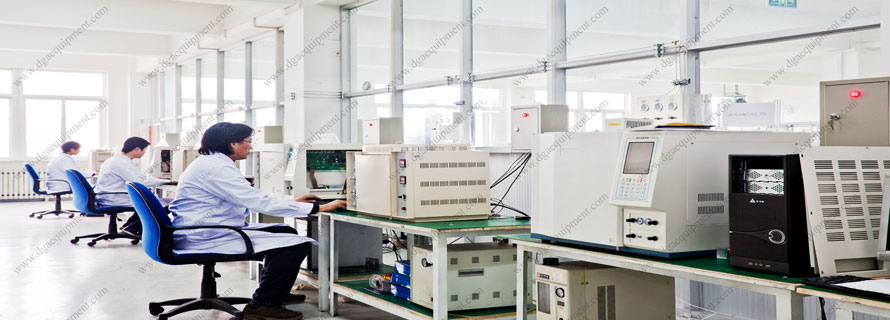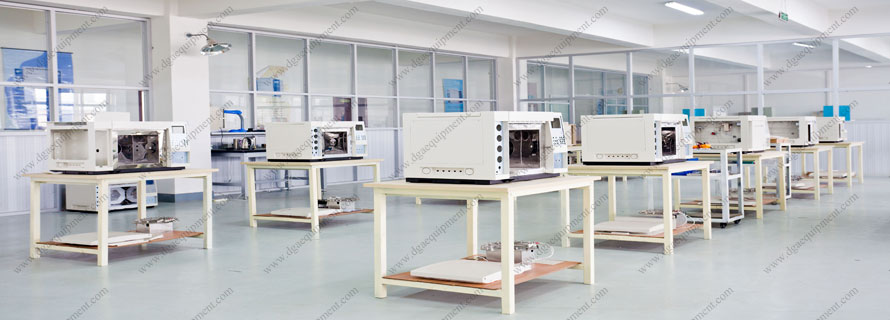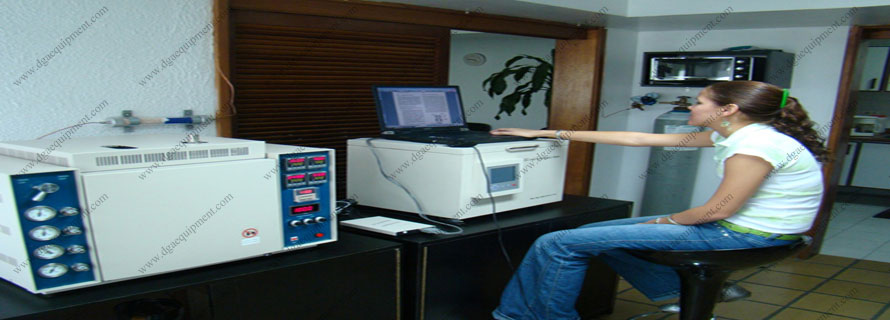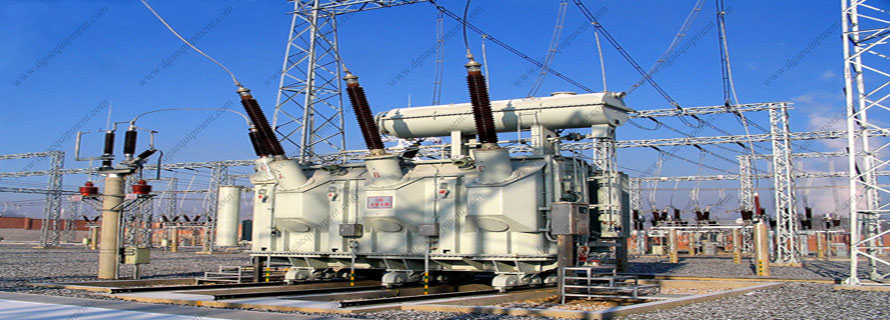ASTM D4559 Standard Test Method for Volatile Matter in Silicone Fluid
1. Scope
1.1 This test method describes a procedure for determining the volatile matter in silicone fluids used for electrical insulation.
1.2 This standard does not purport to address all of the safety concerns, if any, associated with its use. It is the responsibility of whoever uses this standard to consult and establish appropriate safety and health practices and determine the applicability of regulatory limitations prior to use.
2. Referenced Documents
2.1 ASTM Standards:
D923 Test Method for Sampling Electrical Insulating Liquids
D2225 Test Methods for Silicone Fluids Used for Electrical Insulation
D4652 Specification for Silicone Fluid Used for Electrical Insulation
D5423 Specification for Forced-Convection Laboratory Ovens for Evaluation of Electrical Insulation
3. Summary of Test Method
3.1 Specimens are weighed before and after heating for a specific time in a forced air oven to determine weight loss.
4. Significance and Use
4.1 High values may indicate contamination of the silicone with other materials, inadequate removal of volatile components by the producer, or the presence of a depolymerization catalyst.
4.2 The outcome will be affected directly by the presence of any high vapor pressure material in the sample, such as solvents or low molecular weight silicones.
4.3 A high volatile content could also indicate the presence of a depolymerization catalyst in the fluid. The time and temperature specified in this test method are ideal for detecting the effect of such a material, as the depolymerization takes place at a highly accelerated rate and the low molecular weight components are rapidly evaporated. The result is a very significant weight loss during the test period. The exact amount depends on the type and amount of catalyst present. The conditions specified in the method should not cause measureable depolymerization of silicone if such a catalyst is not present.



